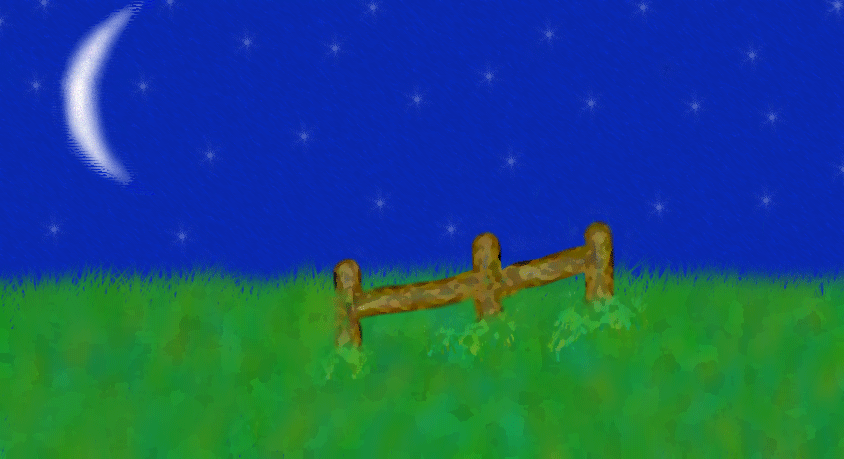As our performance is now progressing, we have needed sound effects to accompany our work. We have decided that we would need a sound that would signify a bomb blast. Although we wanted a bomb blast, we also collectively agreed that we didn’t want the sound to be too literal. With this in mind, we deliberated at what sounds we could use that would imply a bomb had just exploded. After searching through several different types of after blast sound effects, we thought of the idea that we could shock our audience out of the dream state we are hoping to place them by playing a sound that ring through the ears. We decided we wanted this because after loud blasts, victims regularly suffer from tinnitus. After collecting a sample of sounds, we decided that this would be the most suitable sound file to use.
Tinnitus Sound:
In addition to this, we also wanted to add sound that would help suggest something had happened. Through further searching, we decided that we wished to add emergency sirens with the tinnitus sound file. As our script also discussed a car fleeing from the scene, we also wanted to add this. As we needed an mp3 of this, Luke went away and recorded himself speeding away.
These are the two sounds we decided to also use:
Car speeding away:
Emergency Sirens:
One we decided on what sound files we wished to use, it was my job to mix these all together. To do this I used Traktor, a DJ software package, to record myself live mixing these together. To ensure that I did this at a high standard, I mixed each sound to the tinnitus mp3 one by one. To begin with, I mixed the siren sounds together with the tinnitus.
This was the result:
After successfully mixing these together, I then mixed in the car speeding sound to complete the sound.
This was the result:
Reviewing the sound, I feel I created a nice sound effect that replicated the aftermath of a blast. I’m glad that as a group we decided that we wouldn’t be too literal with our sound effects, as it’s permitted us to have a soundscape that allows the audience to imagine.
Update.
During our tech rehearsals, it became apparent that the sound file was too long. As the tinnitus sound effect was a very irritable sound, we decided it would be best to shorten the mp3 from two minutes to fifty seconds. Here is a copy of the revised version of our sound effect.
Here is the revised version:

